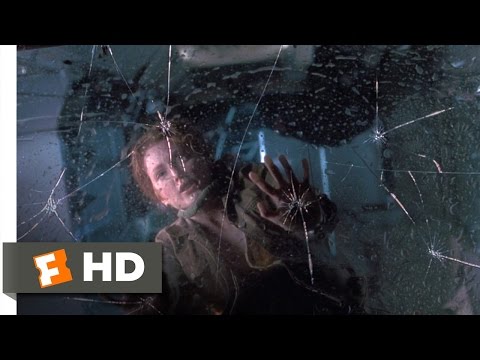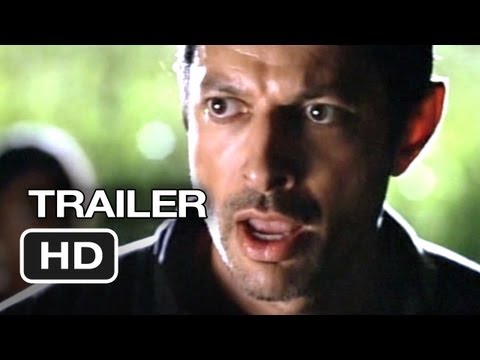“Mommy, Daddy– I found something!”
Tell me that line didn’t command your immediate attention; still one of the best hooks in trailer history! I can remember hanging up my backpack as I eavesdropped on a group of my Grade 6 classmates chatting with much excitement about how they went to see The Lost World: Jurassic Park over the weekend. Green with envy, I had to endure another week of waiting before I could enjoy the new prehistoric blockbuster.
Pressured by fans for a sequel novel after the original’s film success, author Michael Crichton promptly penned The Lost World in 1995, which was then loosely adapted for the big screen by writer David Koepp, with Steven Spielberg slated to direct after a two-year hiatus. The Lost World: Jurassic Park opened in theatres across the United States on May 23rd, taking audiences not to “Jurassic Park” per se, but to Site B, a production facility where a research team have been sent to observe and study the dinosaurs, shortly before covert group of individuals arrives with a different agenda.
We all fondly remember that awe-inspiring moment in Jurassic Park when a brachiosaurus gracefully munches on its leafy lunch above our human characters; the impact of such carries over into The Lost World during an almost equally impressive sequence of stegosauruses crossing a gentle stream. Sequences of this nature are a true testament to Spielberg as a story-teller, giving the audience time to take in the spectacle of movie-magic at its purest.
Undeniably a significant presence and threat, the dinosaurs who were previously a symbol of scientific progress and ambition, this time reflect man’s arrogance, primarily through the opposing “research” team that’s headed by the weaselly corporate big-wig Peter Ludlow, played brilliantly by Arliss Howard (Full Metal Jacket). Additionally, we’re introduced to Pete Postlethwaite’s big game hunter Roland Tembo, who flawlessly walks the line between hero and villain.
While the film also features serviceable turns from Julianne Moore and Vince Vaughn, it is, of course, Jeff Goldblum that’s the big casting draw here, reprising his role as Ian Malcolm. Goldblum puts in a far more jaded performance the second time around. He’s amusingly self-aware with his dialogue delivery, bringing a sardonic, darkly comedic angle to the numerous run-for-your-life scenarios, which range from nail-biting intensity to genuinely terrifying, often to the credit of velociraptors.
It’s all a ton of fun, but I’d be remiss if I didn’t bring up what has irked many detractors over the years: that ending. Yes, unfortunately the film’s final act takes a rather hokey turn when Spielberg sends a T-Rex running down the streets of San Diego. This writer would argue it’s still a highly engaging and entertaining act, but the tonal shift admittedly diminishes what’s come before.
The Lost World: Jurassic Park took over $600 million at the box office. But, while praise for both the digital and practical effects were unanimous, the reviews came in mixed, with many critics and audiences citing poorly written characters and recycled material as main issues. Personally, I do agree in part with the first criticism, but I’d also argue there is variety among the one-dimensional characters, and besides, when looking at the film as a B-picture, something that harkens back to those classics tales of pure adventure like The Land that Time Forgot or even the silent epic The Lost World from 1925 (an undeniable influence), Spielberg makes the whole formula work and it greatly reflects the filmmaker’s love for the adventure-themed genre.
The Lost World: Jurassic Park may not resonate like its iconic processor, but as a logical sequel to a classic, it works very well and retains a nostalgic quality. Give it another watch.
★ ★ ★★☆













